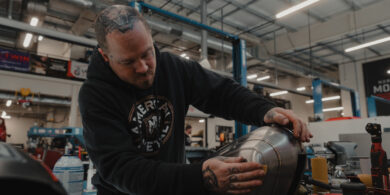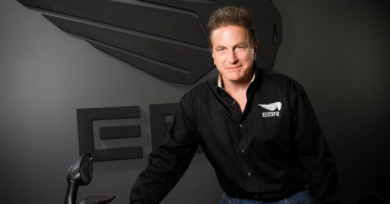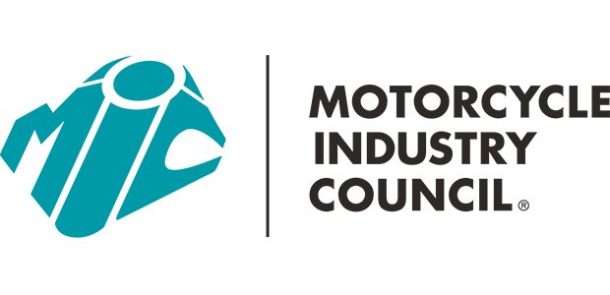Dec. 27, 2010 – Looking increasingly offshore
Lost in the hype of Sea-Doo’s newly retooled GTI line is a craft that may be the Canadian manufacturer’s most niche vehicle to date — the RXT-X aS 260.
Built on the suspension-equipped RXT-X platform, the aS foregoes the standard fixed suspension in lieu of an adjustable system the company argues will make the boat much better for big offshore conditions.
Given the boat’s price tag — $15,999 — and what would appear to be a relatively limited audience, it’s been suggested that Sea-Doo is positioning the RXT-X aS 260 as a serious alternative to Kawasaki’s big-water champion Ultra, the preferred boat of many offshore racers in rough, open-water conditions. But signs also point to the fact that offshore riding is growing in popularity, giving this boat — and others — an audience beyond the race crowd.
Playing The Bounce
Sea-Doo’s Intelligent Suspension first caught the attention of the press in 2008. The race version of the suspension line — the RXT-X iS 260 — offered racers a cushier ride in big water, but it also proved too responsive at times, leaving riders “bottoming out” coming off of large waves, or suffering a pogo-like bounce. The goal of the aS model was to address those concerns by allowing riders to manually stiffen the boat’s suspension to preference.
The mechanism involved is a nitrogen-charged, remote oil reservoir located in the craft’s glovebox. (Custom types will note the blue-tinged canister is located in plain view beneath a clear panel, adding to the boat’s custom, one-off appeal.) Turn the unit’s small knob one direction and the rider is able to stiffen the boat’s suspension so that it’s more appropriate for rough conditions and an experienced pilot.
Company officials note the factory preset for the system is calibrated for waves in the 2-5-feet range, and provides anywhere from 65-115 percent more compression dampening than the standard RXT-X iS. Owners also can manually increase the suspension preload even further by accessing a screw adjuster, located under the craft’s seat.
“The direction behind the development of the Sea-Doo RXT-X aS is to bring innovation to the offshore enthusiast,” explains Tim McKercher on behalf of Sea-Doo. “The idea is to take the bone-jarring impacts out of the equation and minimize fatigue while adding to comfort and total customization.
 “The ‘aS’ is obviously the trick part of this PWC. The iS version is ideal for general cruising and aggressive riding in most conditions, but in the heavy offshore conditions it was a little soft. The aS is stiffer and nearly impossible to bottom out, and more simple than the iS in general. That’s important to racers and hard-core enthusiasts, as they can adjust it by hand (damper) or a ratchet (spring) at most, no computer needed.”
“The ‘aS’ is obviously the trick part of this PWC. The iS version is ideal for general cruising and aggressive riding in most conditions, but in the heavy offshore conditions it was a little soft. The aS is stiffer and nearly impossible to bottom out, and more simple than the iS in general. That’s important to racers and hard-core enthusiasts, as they can adjust it by hand (damper) or a ratchet (spring) at most, no computer needed.”
Expanding Market
Mark Gerner, elite offshore racer and owner of the endurance racing-focused website PWCOffshore.com, agrees the boat may pay dividends for the enthusiast. He has been impressed by the speed of Sea-Doo’s suspension craft on flat water, and that the recreational rider will likely appreciate the shock’s more comfortable ride when the winds pick up.
But according to Gerner, many true offshore racers and aggressive ocean riders aren’t yet sold on the concept of suspension. “Personally I’m not a big fan of two pieces to my hull that could move independently,” Gerner said. “I need to be able to feel the water when racing.”
Gerner does, however, note that this latest generation of big and stable craft has proven itself in offshore conditions, and should continue to grow their audience.
“The large, stable, fast boats that offer a more comfortable ride when the seas are up have gained significant traction in the last four years,” he notes. “I am seeing three craft — the Kawasaki ULTRA, the Yamaha SHO, and the Sea-Doo RXT-X — being purchased for aggressive offshore riding and racing.
“I’m very impressed with the offshore-friendly hulls being put on the market today…although many craft might be pushing their powerplants to their capacity to move those 1,000 pounds plus across the water reliably.”
What innovation does Gerner see most beneficial in the future? “The next step forward will be two-liter, four-cylinder engines that have limited boost to maintain reliability,” Gerner contends. “Personally I think it would serve all of the manufacturers well to go that direction. There is no replacement for displacement, and I suspect warranty claims would drop.” PSB








